The National Radio Astronomy Observatory (NRAO) and Associated Universities, Inc. (AUI) are launching a new initiative to design a next-generation radio telescope with scientific capabilities far beyond those provided by any existing or currently proposed observatory. Building on the success of one of the National Science Foundation’s (NSF) flagship observatories, the Karl G. Jansky Very Large Array (VLA), NRAO and AUI are beginning a two-year project to explore the science opportunities, design concepts, and technologies needed to construct a new class of radio telescope. This proposed array, consisting of more than 200 antennas, would extend across the desert southwest of the United States and into northern Mexico. Currently dubbed the next-generation Very Large Array, or ngVLA for short, the new research facility will be designed to provide the next leap forward in our understanding of planets, galaxies, black holes, and fundamental physics.
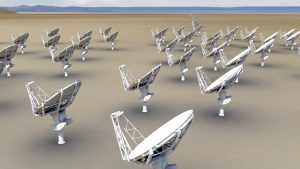
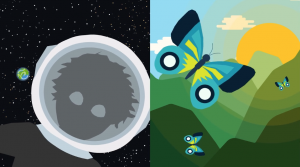
#WAWUA – ALMA and the Cold Interstellar Clouds
With colorful artwork and clever animations, these short videos delve into topics that explain the fundamentals of radio astronomy, including interferometry (why an array of antennas works as one telescope), astrochemistry (the molecules and elements found in space), the basics of light and the electromagnetic spectrum, the hidden features of the “cold” universe, and the origin and destiny of stardust.
Credit: María Corrêa-Mendes et al. – ALMA (ESO/NAOJ/NRAO)
Episode 05 | Season 01
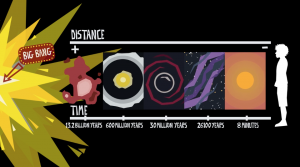
#WAWUA – ALMA is a Timemachine!
With colorful artwork and clever animations, these short videos delve into topics that explain the fundamentals of radio astronomy, including interferometry (why an array of antennas works as one telescope), astrochemistry (the molecules and elements found in space), the basics of light and the electromagnetic spectrum, the hidden features of the “cold” universe, and the origin and destiny of stardust.
Credit: María Corrêa-Mendes et al. – ALMA (ESO/NAOJ/NRAO)
Episode 04 | Season 01
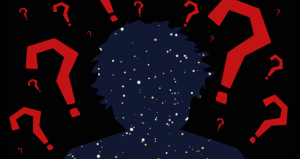
#WAWUA – We are Stardust!
With colorful artwork and clever animations, these short videos delve into topics that explain the fundamentals of radio astronomy, including interferometry (why an array of antennas works as one telescope), astrochemistry (the molecules and elements found in space), the basics of light and the electromagnetic spectrum, the hidden features of the “cold” universe, and the origin and destiny of stardust.
Credit: María Corrêa-Mendes et al. – ALMA (ESO/NAOJ/NRAO)
Episode 03 | Season 01
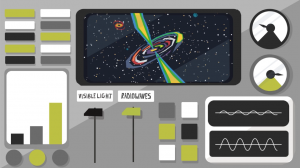
#WAWUA – ALMA is State of the Art Technology
With colorful artwork and clever animations, these short videos delve into topics that explain the fundamentals of radio astronomy, including interferometry (why an array of antennas works as one telescope), astrochemistry (the molecules and elements found in space), the basics of light and the electromagnetic spectrum, the hidden features of the “cold” universe, and the origin and destiny of stardust.
Credit: María Corrêa-Mendes et al. – ALMA (ESO/NAOJ/NRAO)
Episode 02 | Season 01
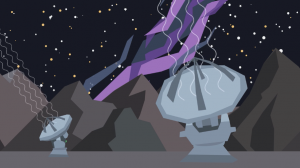
#WAWUA – ALMA Observes the Invisible Universe
With colorful artwork and clever animations, these short videos delve into topics that explain the fundamentals of radio astronomy, including interferometry (why an array of antennas works as one telescope), astrochemistry (the molecules and elements found in space), the basics of light and the electromagnetic spectrum, the hidden features of the “cold” universe, and the origin and destiny of stardust.
Credit: María Corrêa-Mendes et al. – ALMA (ESO/NAOJ/NRAO)
Episode 01 | Season 01





